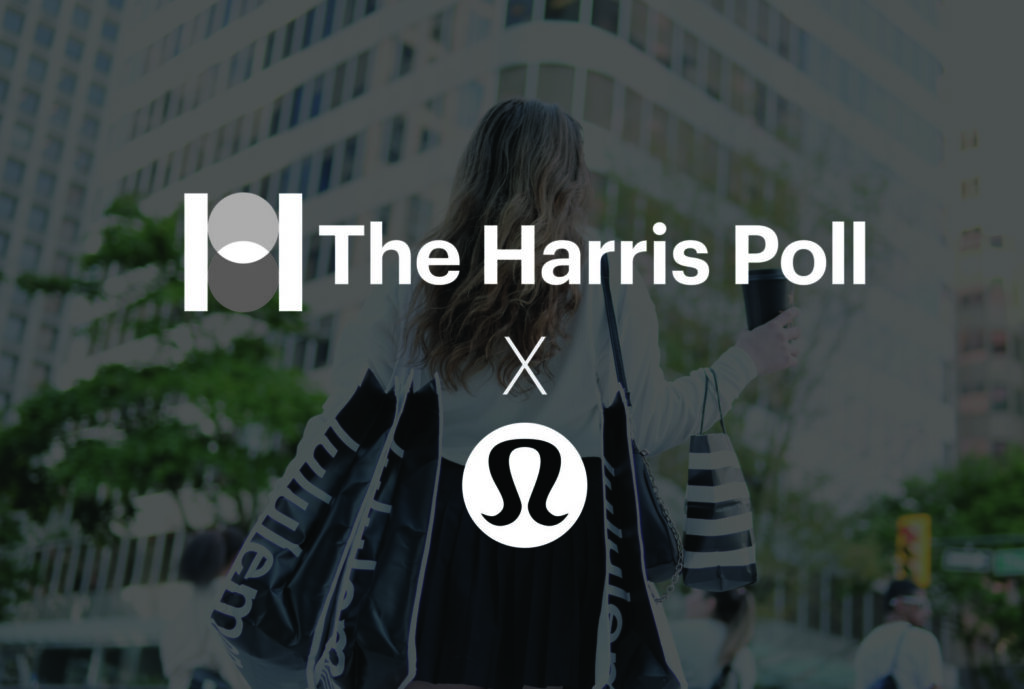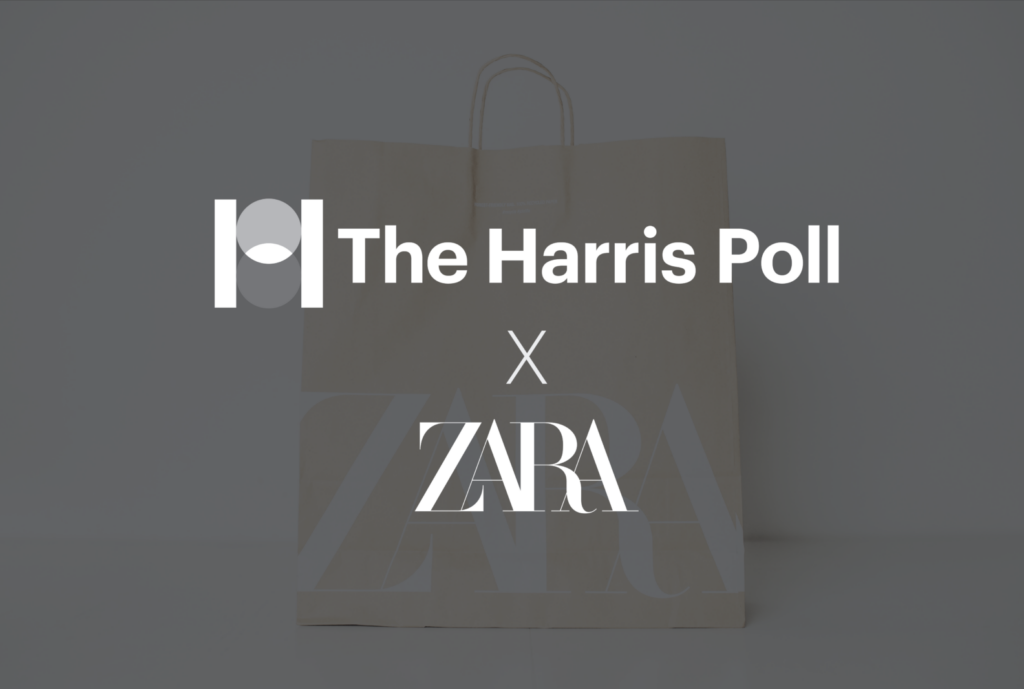Brief • 2 min Read

A recent survey conducted by the Harris Poll exclusively for Ad Age confirms that the popularity of streaming services has surpassed that of traditional television providers, which are now used by 78% of US adults and 55% of US adults respectively. For better or worse, as the pool of content providers continues to expand, so too does the pool of viable touchpoints that advertisers can use to reach consumers.
On-demand streaming platforms are the go-to providers.
Nearly two-thirds of US adults (63%) report that their household uses a general streaming service like Netflix of Hulu and, while the list of alternatives is growing, far fewer have signed up. For example, only 32% of households use a service offered by a specific channel or network. That said, the survey also confirms that customers don’t depend on any single provider for content. Between paid and ad-supported platforms the survey also confirms that customers know of four or more services that are sued in their immediate household
Are ads inevitable?
Most viewers feel that they can’t avoid ads when they’re streaming something — around 8 in 10 expect to see at least one play — but that doesn’t mean they won’t try. Approximately two-thirds of streaming service customers have paid to upgrade to an ad-free experience on one (or more) of the platforms that they use. Streaming services from a specific channel or network (e.g., Discovery+, Peacock) and on-demand services are the most common, chosen by 66% and 62% respectively. In the event that they’re watching on an ad-supported platform, most will just tune out. A majority of viewers (85%) will multitask during commercial breaks. With just as many reporting that they tend to see the same ads when they stream something, it’s hard to blame them for losing interest.
Reaching people through ads may hinge on two things: control and compensation.
Potentially to the benefit of advertisers, 58% of viewers would pay more attention to ads if they were able to select when (i.e., at what point during a show) the ads were played. So when is the best time to get their attention? Before they’ve settled in. Unsurprisingly, 83% would rather see ads play before a show rather than having their viewing experience interrupted. In the event that an ad asks viewers to interact with an ad (e.g., answer a survey, scan a QR code), they may be more willing to do so if they’re given something in return. A little over half would participate if they were offered a discount on a product or service.
Methodology:
This survey was conducted online within the United States by The Harris Poll on behalf of Ad Age between October 15-18, 2021, among 996 U.S. adults ages 18 and older. This online survey is not based on a probability sample and therefore no estimate of theoretical sampling error can be calculated. Figures for age, sex, race/ethnicity, education, region and household income were weighted where necessary to bring them into line with their actual proportions in the population. Propensity score weighting was used to adjust for respondents’ propensity to be online. For more information on methodology, please contact Madelyn Franz.
Subscribe for more Insights
Subscribe to our newsletter for the latest trends in business, politics, culture, and more.
Download the Data
Get the full data tabs for this survey conducted online within the United States by The Harris Poll on behalf of Ad Age between October 15-18, 2021, among 996 U.S. adults ages 18 and older.
Download
Subscribe for more Insights
Subscribe to our newsletter for the latest trends in business, politics, culture, and more.
Download the Data
Get the full data tabs for this survey conducted online within the United States by The Harris Poll on behalf of Ad Age between October 15-18, 2021, among 996 U.S. adults ages 18 and older.
DownloadRelated Content







